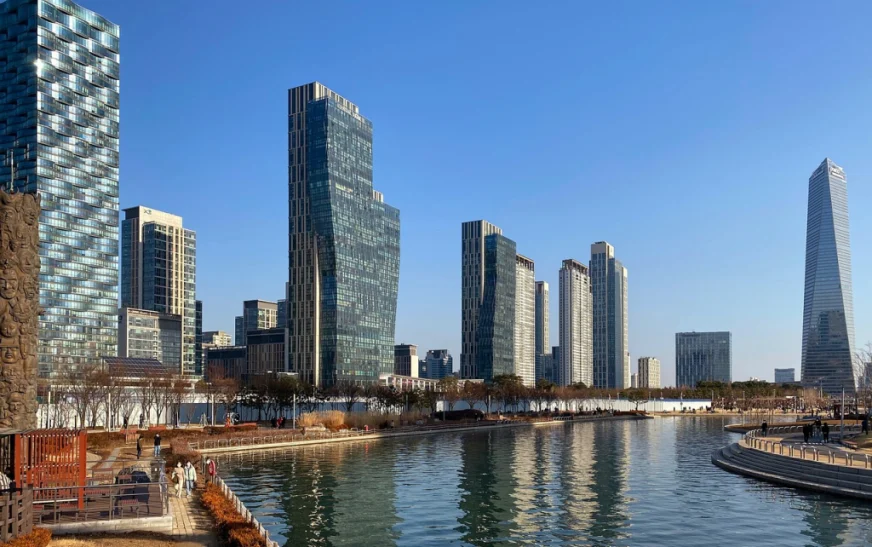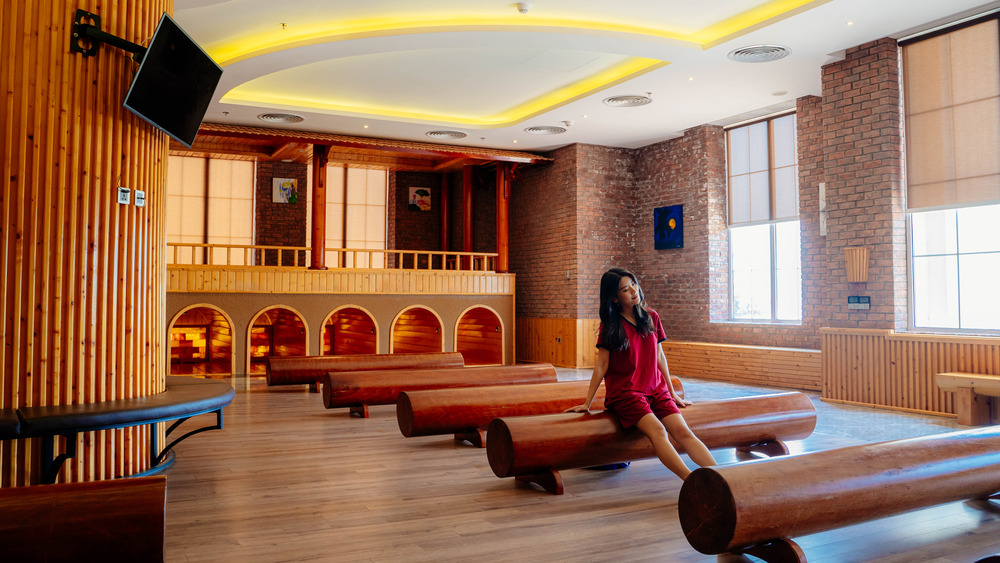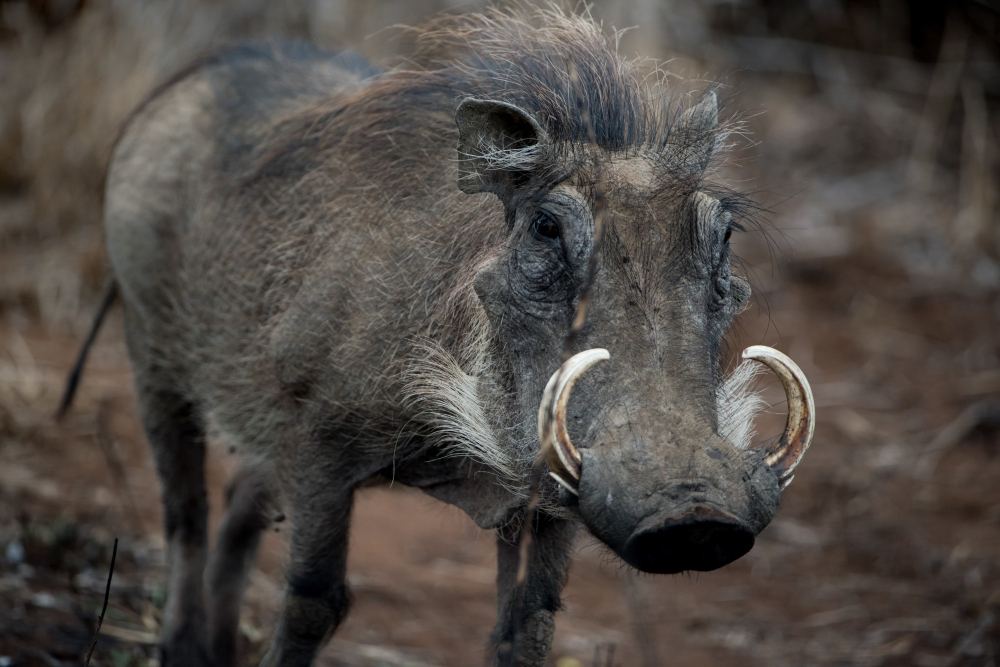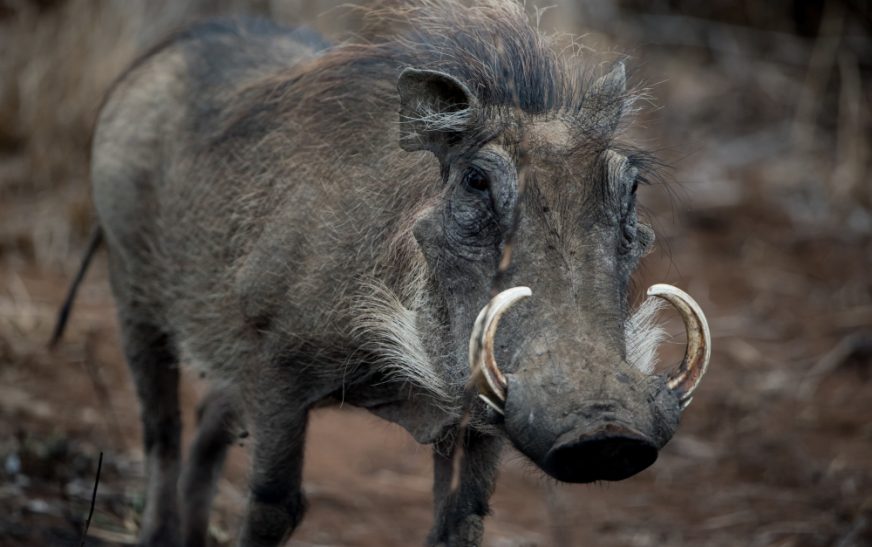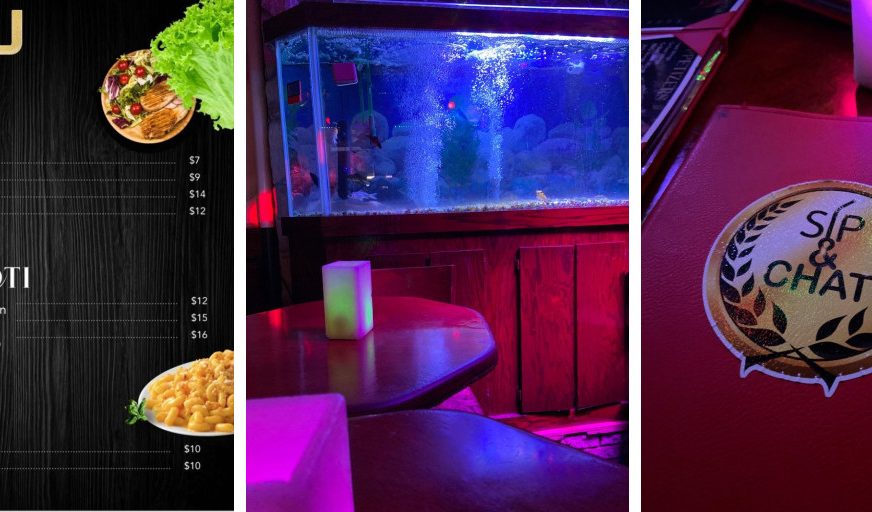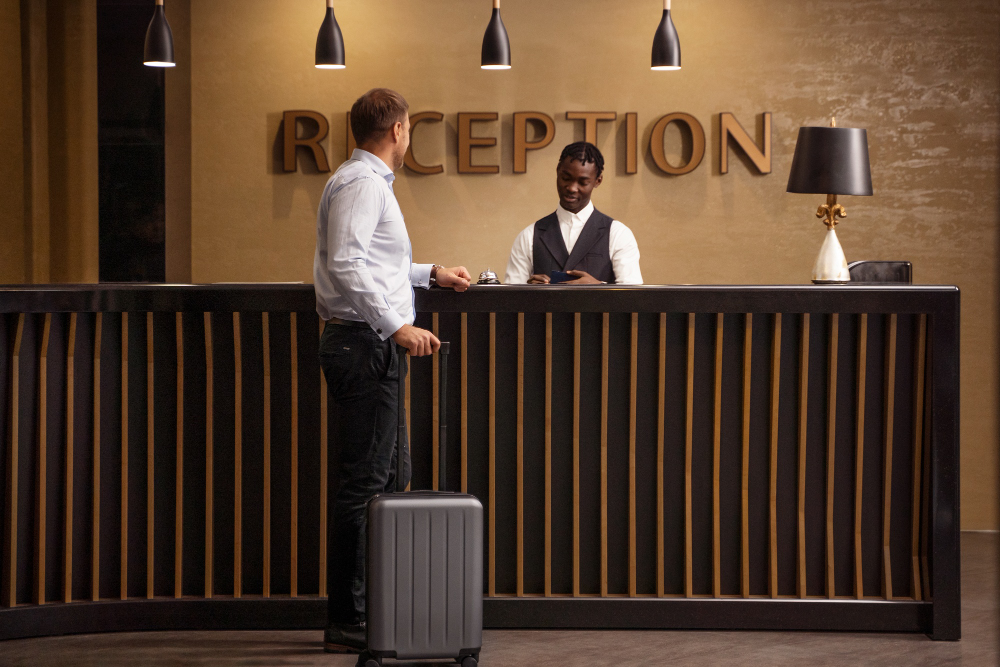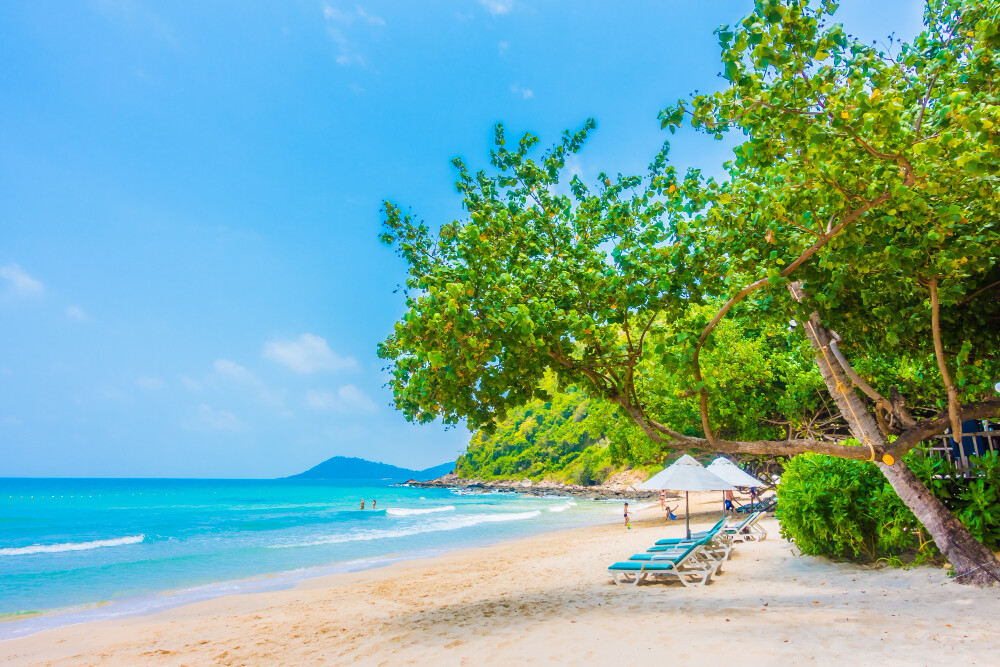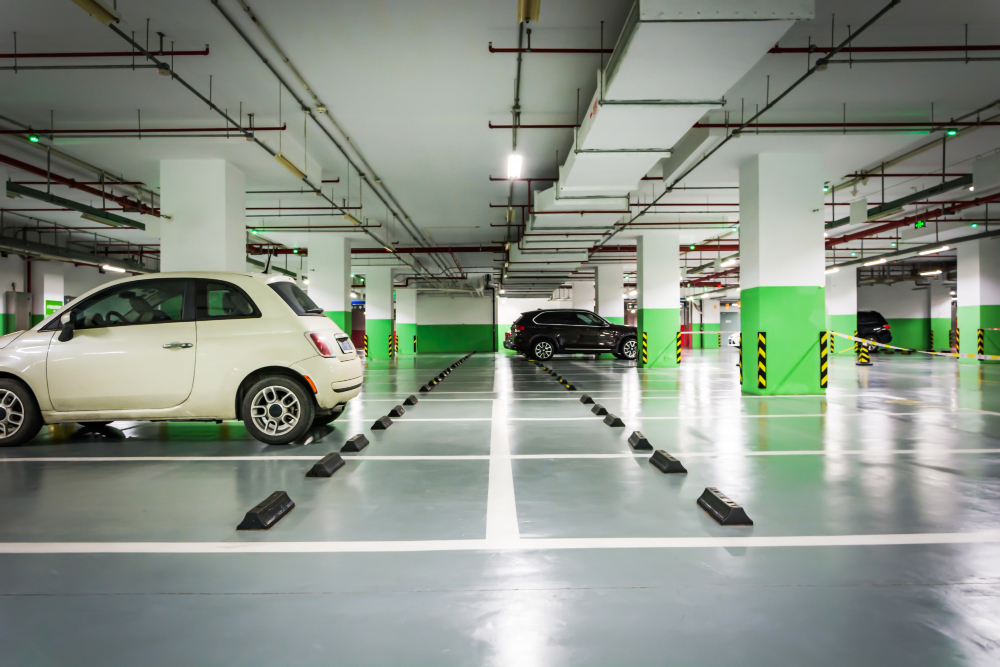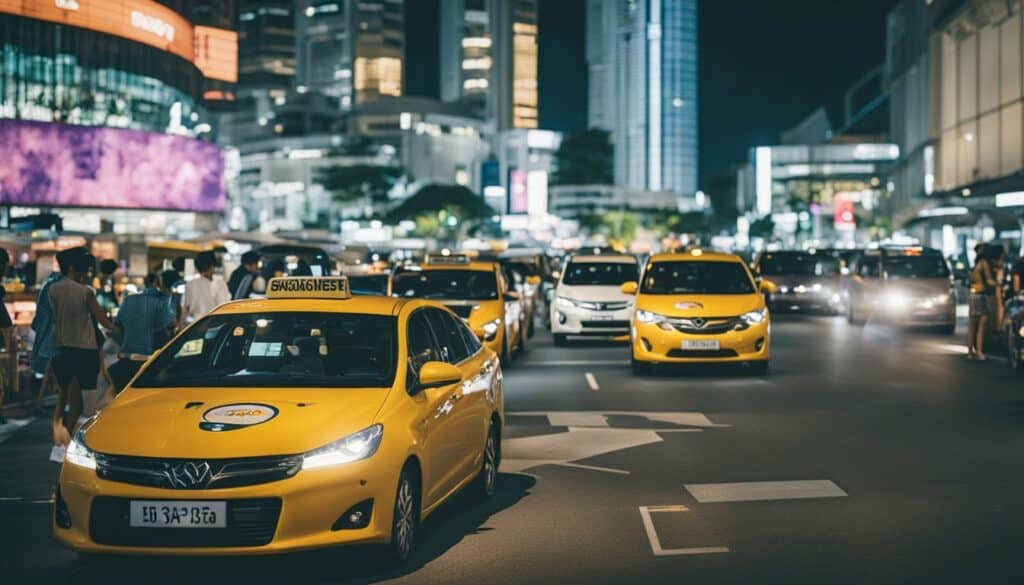South Korea is a vibrant, technologically advanced country known for its dynamic cities, rich history, and cultural heritage. While Seoul is the most well-known, there are many other large cities in South Korea that contribute to the nation’s economy, culture, and tourism.
In this article, we’ll explore the 10 largest cities in South Korea, their population, key attractions, and what makes each one unique!
Why Learn About South Korea’s Largest Cities?
- Economic Importance – Major cities drive South Korea’s technology, trade, and business sectors.
Tourism & Culture – Each city has historic landmarks, modern attractions, and unique traditions.
Study & Work Opportunities – Many of these cities host top universities and international companies.
Top 10 Largest Cities in South Korea by Population
Seoul – The Capital & Largest City
Population: ~9.5 million
Why Visit?
- The heart of South Korea with a mix of ancient palaces and modern skyscrapers.
- Home to Gyeongbokgung Palace, N Seoul Tower, and Dongdaemun Market.
- A global hub for technology, finance, and K-pop culture.
Busan – The Coastal Paradise
Population: ~3.4 million
Why Visit?
- South Korea’s largest port city with stunning beaches and vibrant nightlife.
- Famous for Haeundae Beach, Jagalchi Fish Market, and Gamcheon Culture Village.
- Host of the Busan International Film Festival (BIFF).
Incheon – The Gateway to Korea
Population: ~3 million
Why Visit?
- Home to Incheon International Airport, one of the world’s best airports.
- Features Songdo International Business District, a smart city with futuristic architecture.
- Attractions include Chinatown, Wolmido Island, and Incheon Grand Park.
Daegu – The Fashion & Textile Hub
Population: ~2.4 million
Why Visit?
- Known for its fashion industry and high-quality textiles.
- Famous for Daegu Yangnyeongsi Market, a center for traditional Korean medicine.
- Nearby attractions include Apsan Park and Seomun Market.
Daejeon – The Science & Innovation City
Population: ~1.5 million
Why Visit?
- A major technology and research hub, home to KAIST (Korea Advanced Institute of Science and Technology).
- Attractions include Expo Science Park, Yuseong Hot Springs, and Gyeryongsan National Park.
- A growing startup and tech innovation center.
Gwangju – The City of Democracy & Art
Population: ~1.4 million
Why Visit?
- Known for its art, music, and political history.
- The Gwangju Uprising (1980) was a key moment in South Korea’s fight for democracy.
- Visit Gwangju Biennale (art festival), May 18th National Cemetery, and Mudeungsan Mountain.
Suwon – The Historic Fortress City
Population: ~1.2 million
Why Visit?
- Home to the UNESCO-listed Hwaseong Fortress, a stunning Joseon-era site.
- A center for Korean electronics and automobile industries, with Samsung’s headquarters.
- Offers cultural attractions like Suwon Chicken Street and Korean Folk Village.
Ulsan – The Industrial Powerhouse
Population: ~1.1 million
Why Visit?
- Home to Hyundai Motor Company and one of the world’s largest shipyards.
- Attractions include Daewangam Park, Taehwagang River, and Jangsaengpo Whale Museum.
- A mix of modern industry and beautiful coastal scenery.
Changwon – The Smart & Green City
Population: ~1.1 million
Why Visit?
- Designed as South Korea’s first planned city with a strong focus on sustainability.
- Home to Jinhae Cherry Blossom Festival, one of Korea’s most famous spring events.
- Visit Yongji Lake, Gagopa Kkoburang-gil, and Masan Fish Market.
Jeonju – The Food & Culture Capital
Population: ~650,000
Why Visit?
- Known as the birthplace of bibimbap, a famous Korean dish.
- Visit Jeonju Hanok Village, featuring traditional Korean houses (hanok) and tea houses.
- A UNESCO City of Gastronomy with rich culinary heritage.
Comparison Table of South Korea’s Largest Cities
| Rank | City | Population | Key Feature |
| 1 | Seoul | 9.5M | Capital & Tech Hub |
| 2 | Busan | 3.4M | Beaches & Port City |
| 3 | Incheon | 3.0M | Smart City & Airport |
| 4 | Daegu | 2.4M | Fashion & Textile Hub |
| 5 | Daejeon | 1.5M | Science & Tech City |
| 6 | Gwangju | 1.4M | Art & Democracy Hub |
| 7 | Suwon | 1.2M | UNESCO Fortress City |
| 8 | Ulsan | 1.1M | Industrial & Coastal City |
| 9 | Changwon | 1.1M | Sustainable & Smart City |
| 10 | Jeonju | 650K | Food & Cultural Capital |
Conclusion
South Korea’s cities offer a blend of history, modern technology, culture, and nature. Whether you’re looking to explore traditional palaces in Seoul, relax on Busan’s beaches, or experience Jeonju’s famous food, each city has something unique to offer.
Which Korean city do you want to visit first? Let us know in the comments!
FAQs
1. What is the largest city in South Korea?
Seoul is the largest city in South Korea, with a population of about 9.5 million people.
2. Which South Korean city is best for tourists?
Seoul and Busan are the top tourist cities. Seoul offers history, shopping, and nightlife, while Busan has beaches and seafood markets.
3. What city in South Korea has the best job opportunities?
Seoul is the best city for job seekers, especially in technology, business, and entertainment industries.
4. Which South Korean city is famous for food?
Jeonju is the food capital of South Korea, known for bibimbap, street food, and traditional Korean cuisine.
5. What is the most modern city in South Korea?
Incheon’s Songdo International Business District is one of the most futuristic smart cities in the world.
Also read: Big Five Game: 10 Must-Know Facts About Africa’s Iconic Wildlife

